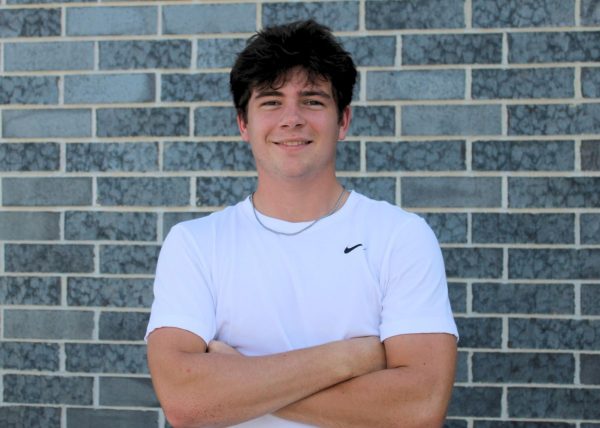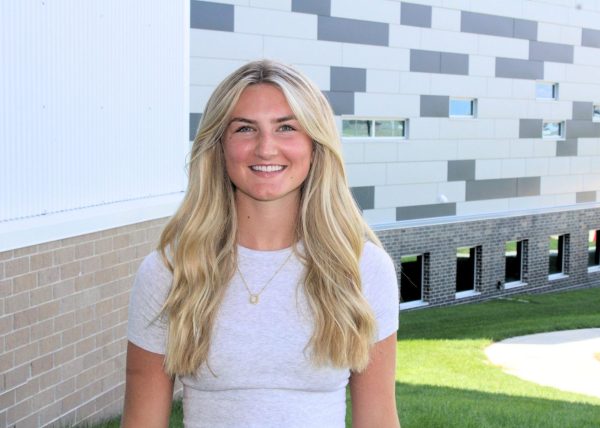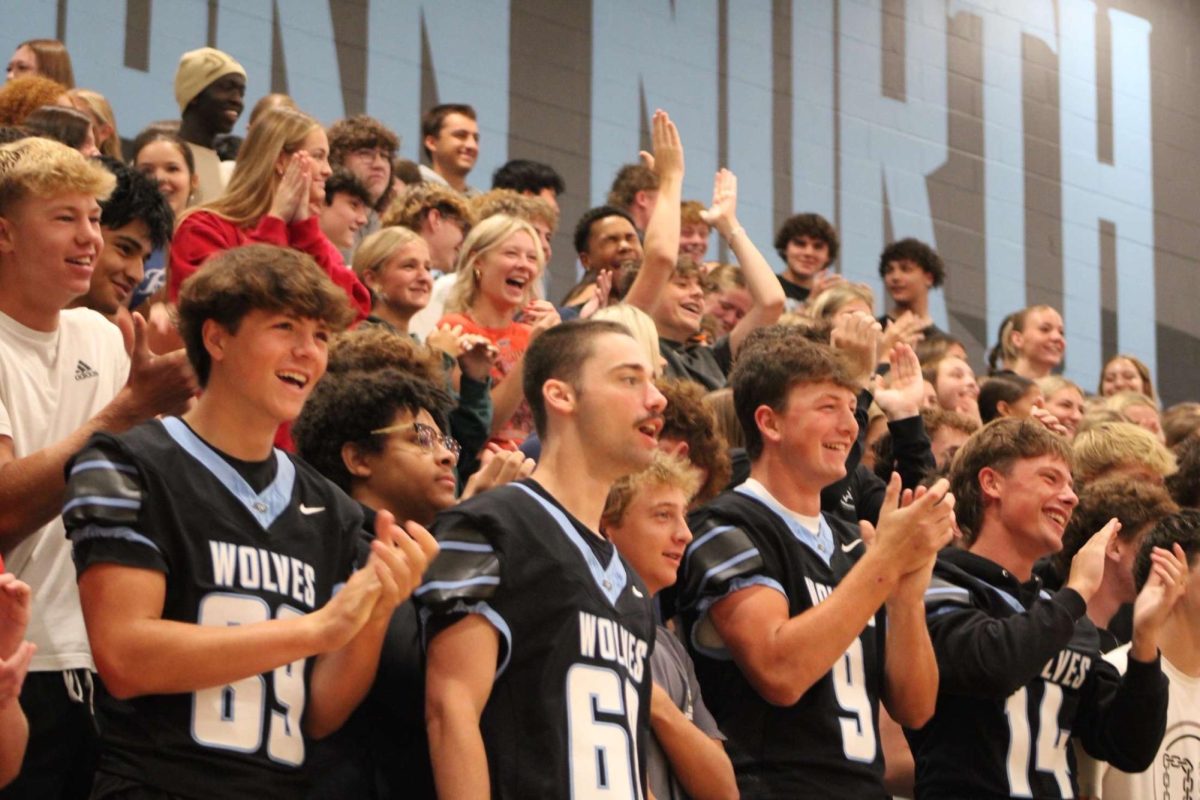With its introduction in 2020, Elkhorn North became the third EPS high school, and one of many Class B high schools in Nebraska.
Since opening, the school gained recognition as Wolves athletics have excelled and academics flourished. Students have succeeded in representing the Wolves on and off their jersey.
Elkhorn North currently has a population of 1,042 kids, with 834 in grades 9-11. In the Wolves opening year, the student enrollment was 645, and just five years later that number has grown to over 1,000.
“You can only join Class A every two years when the cycle renews. So based on the numbers, we should be class A next year (2025-26),” Athletic Director Luke Ford said. “But because of the cycle, we have to wait one more year (until 2026-’27).”
With the high school’s growth also comes the construction in surrounding areas, such as elementary schools, to educate and build the competitive spirit in children before they grow to the middle and high school levels.
“Long term we are opening two elementary schools this August, one on the south side and one on the north side,” EPS superintendent Dr. Bary Habrock said.
These new additions will not only increase the population of Elkhorn (as more schools will be available for new families), but it will also broaden the area Elkhorn North students come from.
However, this is not the only construction regarding the Elkhorn area.
An addition planned for the west side of the school will increase the capacity tremendously, from 1,100 currently to at least 1,800. This new addition will be labeled as the I-Pod and will hold over 20 classrooms for various courses.
With its move to Class A, ENHS will compete in the Metro Conference instead of the Eastern Midlands Conference (EMC) it has been in since 2020. This will create unique and different competition as athletes face off against new players, teams, and coaches in all sports.
This new competition will also influence new rivals. Soon, ENHS will leave Skutt Catholic and the Bennington Badgers in the past and move on to face larger Millard teams such as the Patriots and the Wildcats.
With a bigger school comes more opportunities for a bigger sports team to take over and succeed. This doesn’t mean Class B is worse than Class A, it’s just more powerful and spread out competition.
The EMC conference only has a total of 11 schools while the Metro Conference has 20, so the Wolves will be playing numerous teams based in Omaha, Millard, Papillion, and Bellevue.
This will more than likely affect the amount of students attending each game, since opponents will be closer, so more fans will be able to go and support.
When many think of the difference between Class A and B schools, most think of the budget.
“When you go to class A, there’ll be more student athletes, so there will typically be more teams, which tends to cost more around coaching,” Habrock said.
Although joining Class A usually means more school spending, because of Elkhorn North’s already proficient budget, the district does not plan on increasing the budget or the funding.
However, with these schools being closer than current EMC conference teams like Norris and Waverly, Elkhorn North may experience a decrease in spending towards transportation for teams.
“Elkhorn North has been the most competitive in the first five years like no school we’ve ever seen,” Habrock said. “So as you grow you’ll increase your competitive edge because it tends to bring you stronger teams, more choices, and more students.”
There is no regressing for Elkhorn North. The Wolves attendance rate will grow, their grades will continue to flourish, and there will be no slowing down when adding trophies to the trophy case.
“I’m excited to watch Elkhorn North compete at the highest classification in the state,” Habrock said.
















